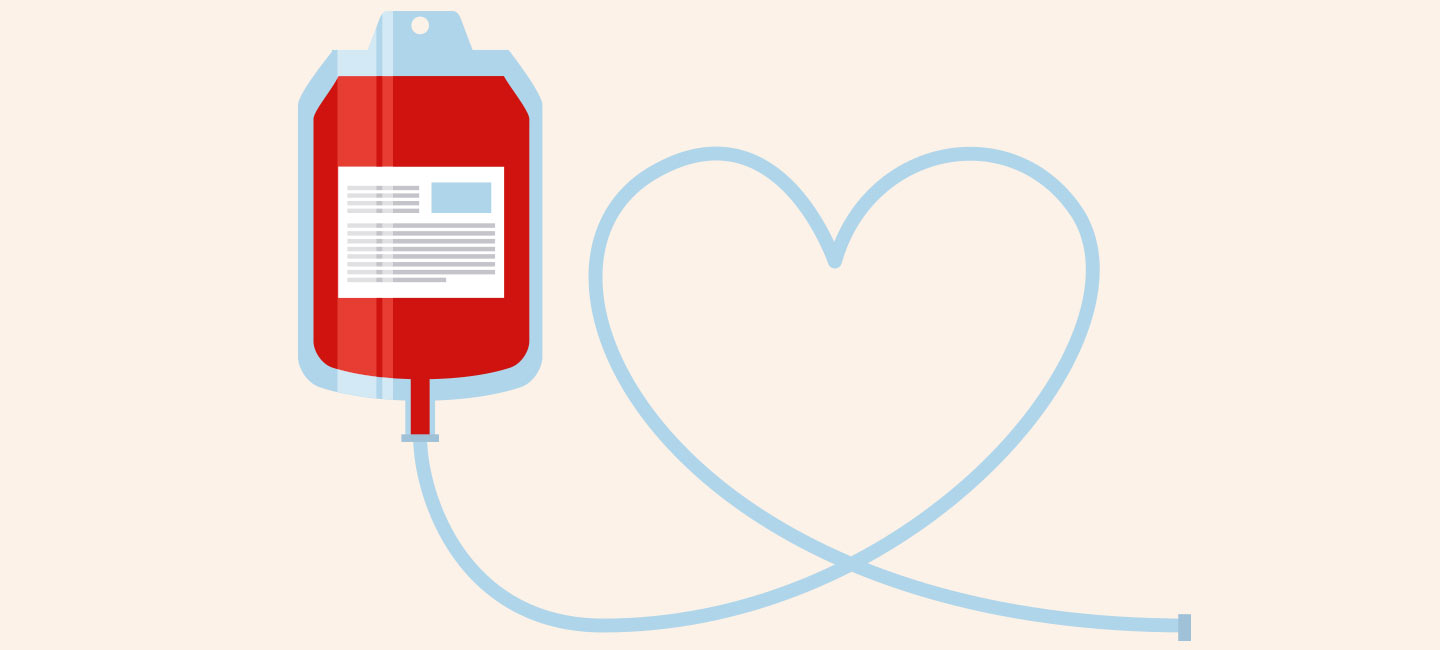Want to Help Moffitt Patients? Consider Donating to the Community Blood Supply
Thursday, June 14 is World Blood Donation Day, a day that is of particular interest to Dr. Kaaron Benson, who has donated a total of 18 gallons of blood since she was a teenager.
The medical director of Moffitt’s blood bank is obviously an advocate for donation and says that those who want to help cancer patients can do so one pint of blood at a time.
“What I do try to encourage regularly is for patients’ loved ones to consider donating blood to the community supply to help replenish the blood that the patient has been using,” Benson said. “A patient’s family and friends often want to do something to help and donating blood to the community is something that benefits all patients in need.”
Each year, countries around the world celebrate World Blood Donor Day to thank voluntary, unpaid blood donors for their life-saving gifts of blood and to raise awareness of the need for regular blood donations to ensure the quality, safety and availability of blood and blood products for patients in need.
According to Benson, the blood supply is safer now than it has ever been in history.
“Technology, experience and the wealth of knowledge we’ve gained over the last few decades have made blood donation and blood transfusions safer than ever before,” Benson said.
The risks to those receiving blood is very low, thanks to advanced screening processes. The biggest risk to those receiving blood is an allergic reaction that can occur in about one percent of transfusions but typically is quite mild and readily cured with an antihistamine medication. Fortunately, the infectious risks are exceedingly low.
And donating blood is also incredibly safe for healthy people.
“New, sterile, disposable equipment is used for each donor so there’s no risk of contracting blood-borne infections through donations. Plus, your body replaces those lost red blood cells after a few weeks.”
Surprisingly, a single unit of blood can benefit several patients by separating it into its various components, like the red blood cells, platelets and plasma. Those individual components can be delivered to patients who are in need of that specific component.
Globally, the World Health Organization estimates that 112.5 million blood donations are collected each year.
A majority of blood donors have no idea where their donation will be used or whose life it will save. There are some donors, however, who choose to donate for themselves. Autologous blood donation, as it’s called, is typically done when a patient knows of an upcoming procedure that is oftentimes elective and is anticipated to have sufficient blood loss to require blood transfusion.
Moffitt rarely sees autologous blood donations, Benson said.
“Often our patients are not eligible for self-donation due to anemia, current infections or proximity to surgery,” Benson said. “That doesn’t give them enough time to donate.”
Typically, self-donations must be done many days to weeks in advance, which is a luxury few cancer patients have and why Benson champions donations to the community blood supply to help replenish the many units of blood that cancer patients require for their treatment and cure.
For more information on blood donation in Florida, visit www.oneblood.org, or ask your physician for the closest blood donation center near you.



